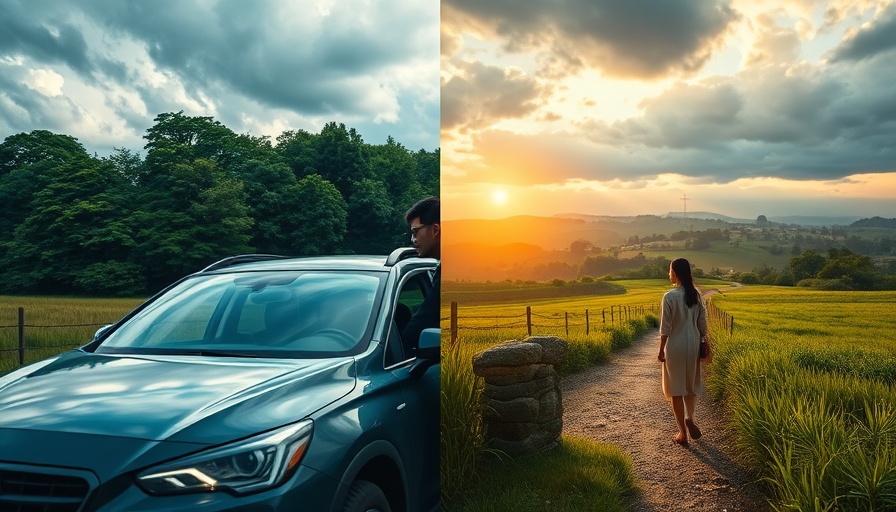
The Rise of AI in Art: ChatGPT’s Enchantment
The use of artificial intelligence (AI) in creative fields has skyrocketed, with tools like ChatGPT enabling individuals to transform mundane photographs into breathtaking interpretations. The recent trend of converting memories into Studio Ghibli-style art showcases not only the capabilities of modern AI but also the creativity of its users. As millions of individuals attempt to bring a touch of Ghibli magic into their everyday lives, many have uncovered a strange and eerie phenomenon: unexpected figures appearing in their edited images.
Extra Figures in Ghibli Edits: A Surprising Twist
Users have been reporting that when they convert their family photos or casual snapshots into Ghibli-style art, there often appears an extra person not visible in the original images. This unsettling addition has bred fascination and concern, leading some to speculate bizarre theories about AI encountering ghosts. For example, one Instagram user noted that a straightforward image of four friends turned into a whimsical artwork that inexplicably included a fifth figure.
A Closer Look: What’s Behind the Ghost Phenomenon?
There could be simple explanations for these unexpected results. AI algorithms rely on vast data sets that inform their outputs with patterns and trends seen in similar images. The addition of extra figures might be a quirk of the AI model, influenced by its training data which often contains variants of compositions, such as crowd scenes or thematic overlays that associate with Ghibli storytelling.
Engaging Users in AI’s Creative Processes
The intrigue surrounding these edits reflects a growing trend where users are actively participating in the AI creative process, not simply as consumers but as co-creators. This shift encourages individuals to consider not only the aesthetic outcomes but also the implications of AI integration in creative expression. Through this engagement, one is nudged to ponder: what does it mean for authenticity in art if the medium itself is framed by a potentially erroneous or whimsical interpretation of reality?
Impacts of AI Imagery: The Cultural Context
Studio Ghibli, known for its emotionally resonant storytelling and exquisite artistry, paints narratives rich in culture, themes, and emotional depth. The current enthusiasm for Ghibli-style art underscores an appreciation for this aesthetic, yet the unexpected additions in AI-driven creations touch on deeper themes concerning memory, identity, and authenticity in representation. As viewers analyze their dreams and memories through the eyes of AI, it raises questions about the dimensions of human experience represented within these layered interpretations.
The Future of AI in Art: Risks and Opportunities
As the technology of AI continues to advance, artists and creatives should remain vigilant regarding the risks associated with over-reliance on these tools. While AI can enhance creativity and accessibility, it runs the risk of diluting individual artistic styles or unintentionally misrepresenting subjects—both minor and significant. Balancing the use of AI tools responsibly within artistic frameworks can leverage their strengths without sacrificing personal touch and authenticity.
In conclusion, as users navigate the new waves of AI-driven creativity, it’s vital to reflect on the broader implications. Are we uncovering lost aspects of our lives, or perhaps connecting with echoes from beyond? As we dive deeper into this world, let's remain engaged with ChatGPT and other tools to ensure that our artistry remains true not just to the technology but to ourselves.
 Add Row
Add Row  Add
Add 




 Add Row
Add Row  Add
Add 

Write A Comment